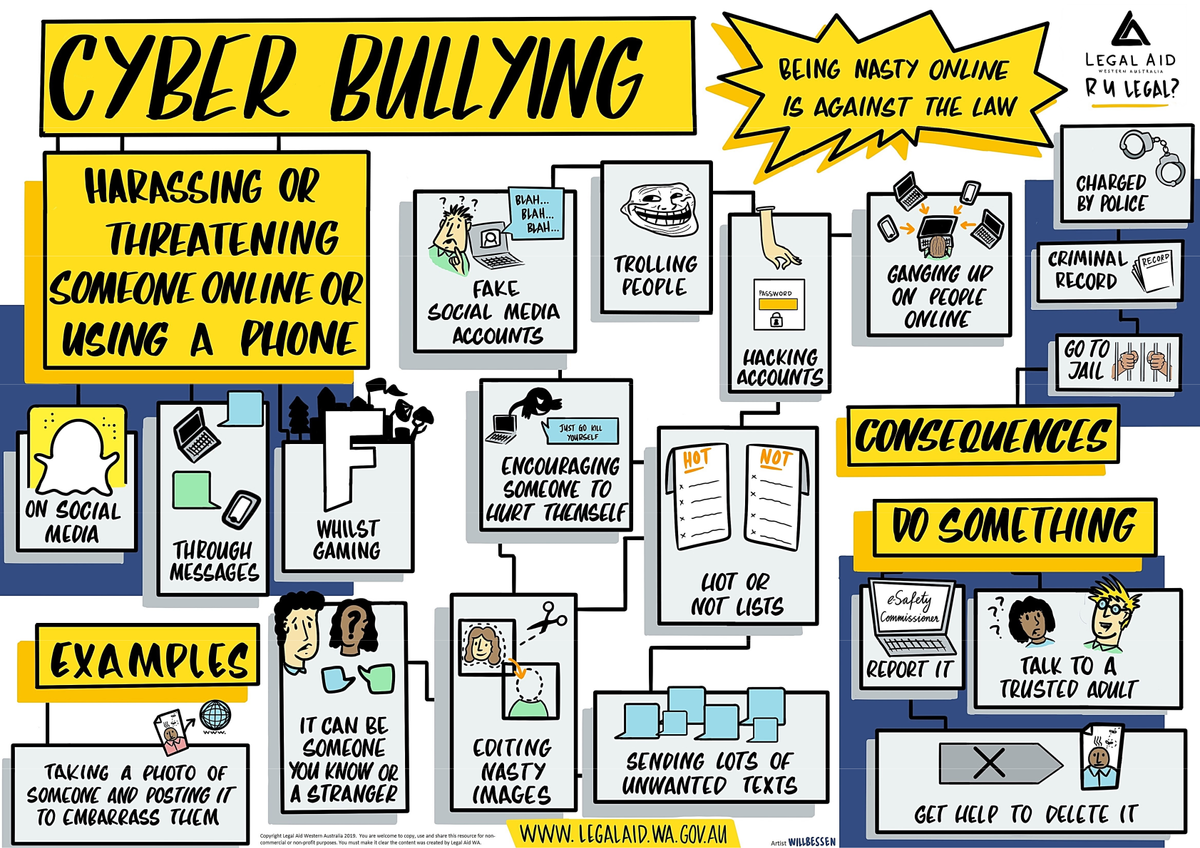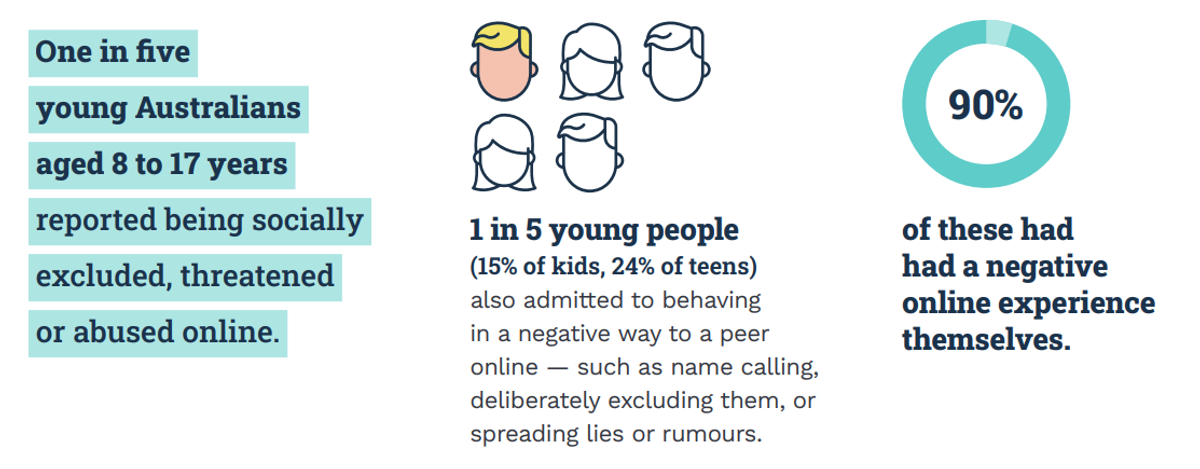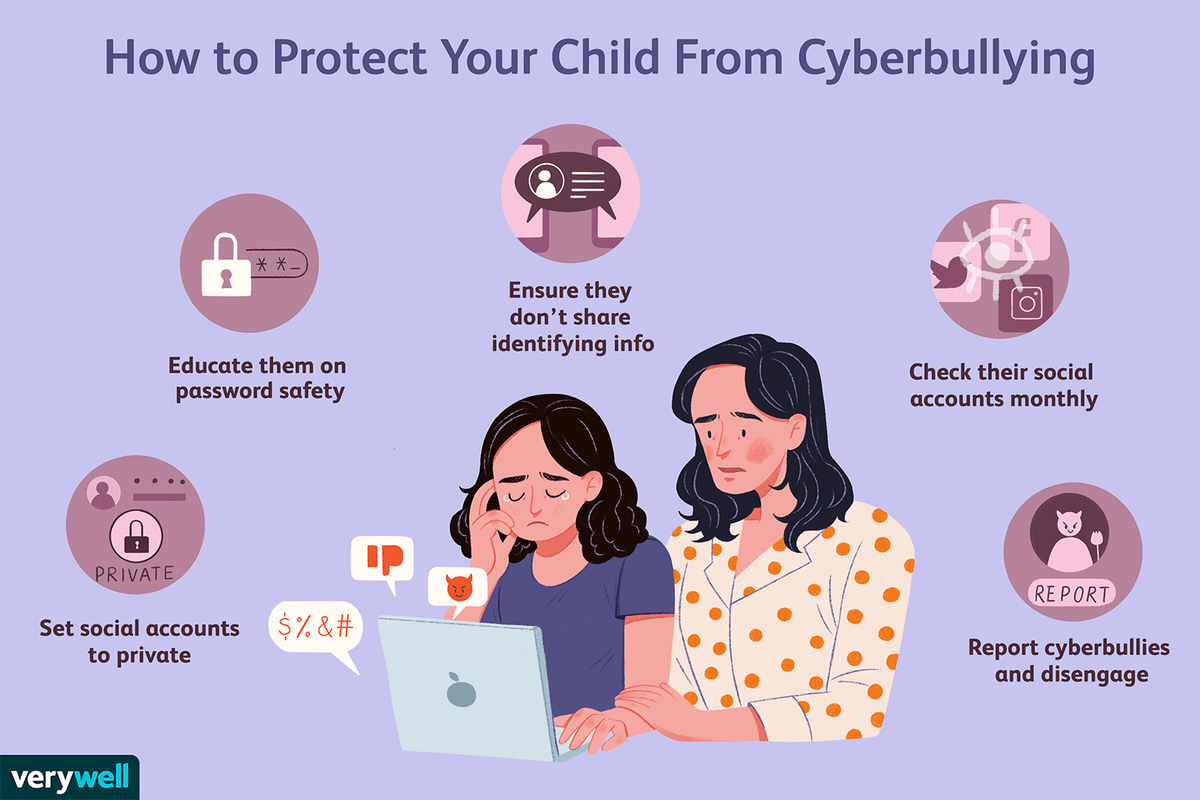Cyberbullying
We all have a responsibility

Cyberbullying
We all have a responsibility


Families we need your help. Lately we have seen an increase in students cyber bullying outside of school. Research demonstrates that efforts to change the attitudes and behaviour of students are more likely to be successful if families are actively involved and share a sense of ownership over the process.
What can you do to help reduce cyber bullying at CSPS?
Did you know:
The national definition of bullying for Australian schools at Bullying. No Way! describes behaviour that is repeated or has the potential to be repeated. Cyberbullying is covered by this definition even when there is only a single instance of abuse, because the fact that it occurs online means it may be ‘repeated’ through sharing. Cyberbullying can take many forms, including posting mean comments or messages, excluding or ignoring someone, tricking or humiliating them through fake accounts, or sharing a photo or video that will make them feel bad.
According to eSafety Research


How to Report and Block
Making a complaint to the social media company
Social media community standards outline how to behave on social media. They discourage the use of a service to harass or bully others or act in other ways that are anti-social or illegal. The eSafety Guide has links to help users report abusive content on a variety of services, games and apps. It also has other handy online safety information, like how a user can block someone from contacting them.
Prevent and Manage Cyber Bullying


Parents and carers play a key role in guiding their children as they first encounter the online world and begin to learn through exploration, play and social interaction.
When is your child old enough to take their first online steps and begin to explore on their own? How soon are they ready for smartphones and social media accounts?
It is a good idea to protect younger children from online risks such as encountering harmful content, contact with strangers or missing out on physical activity. But it is up to you to decide when and how they take these first steps, and how best to support them as they begin their online journey.
Cyberbullying occurs through the use of information or communication technologies such Instant Messaging or chat, text messages, email and social networking sites or forums. It has many similarities with offline bullying, but it can also be anonymous, it can reach a wide audience, and sent or uploaded material can be difficult to remove.
Both the physical age of your child and their level of maturity and resilience can affect their ability to have positive experiences on social media.
Each social media site and app has its own criteria for minimum age requirements. Most require users to be at least 13 years of age before they can register, although some sites are created especially for children under 13.
We ask that parents talk to their children about the correct use of social media platforms. We have seen a rise in the number of reported incidents. Whilst these incidents occur out of school hours, the effects can be felt whilst at school with heightened emotions and interruptions to learning.
Please see attached a tip sheet for parents when an incident has occurred.